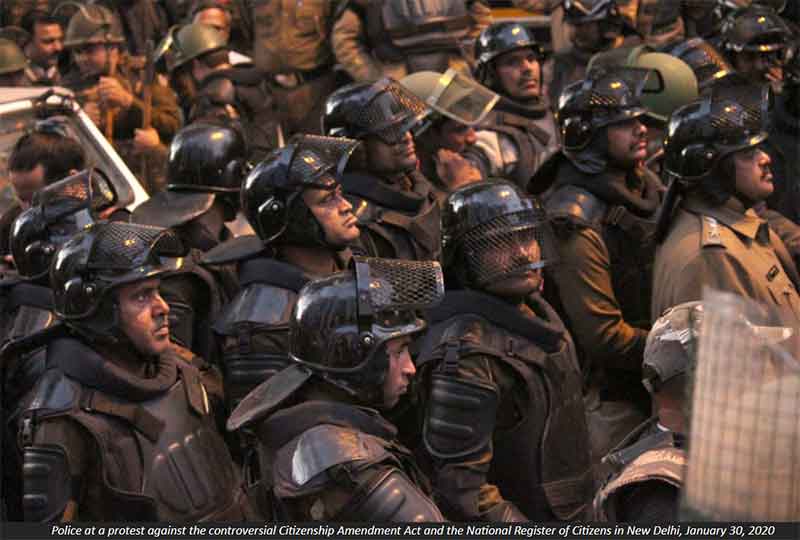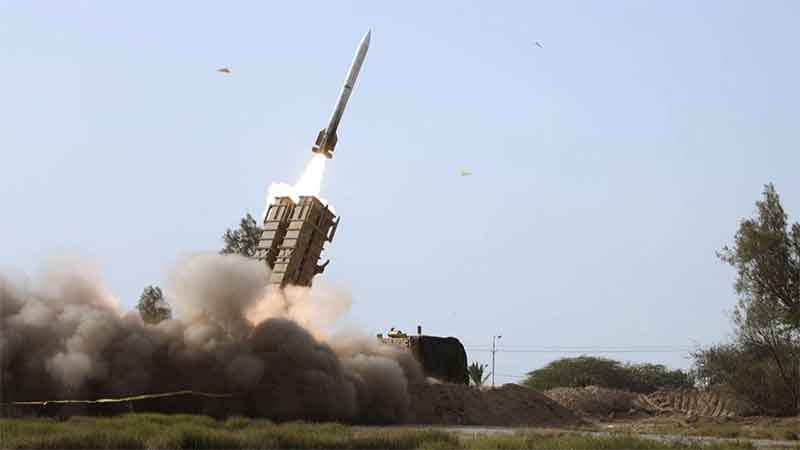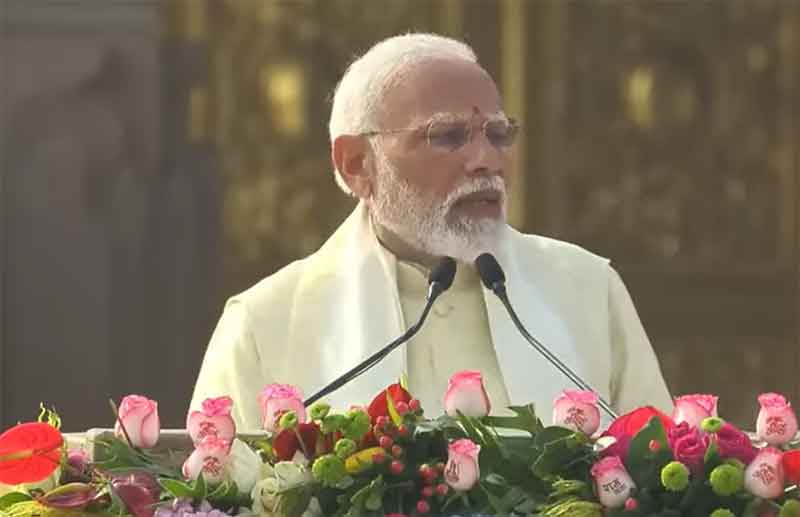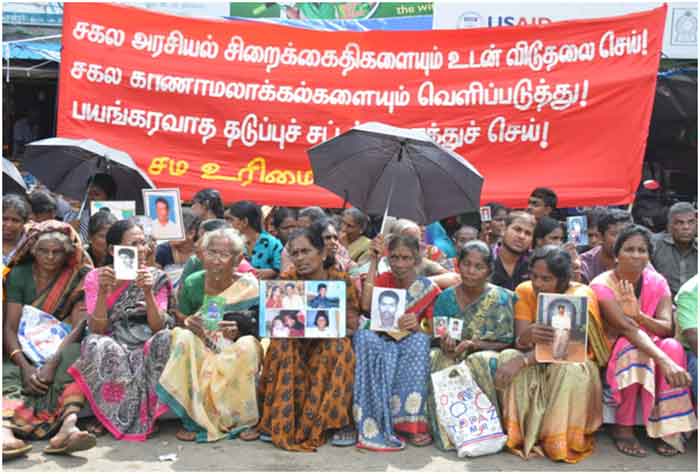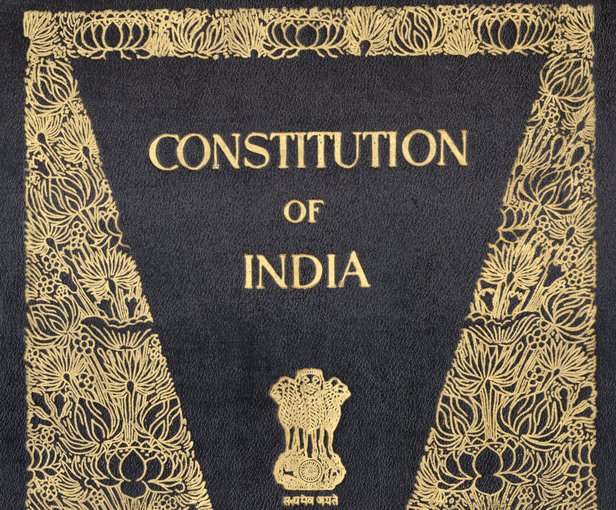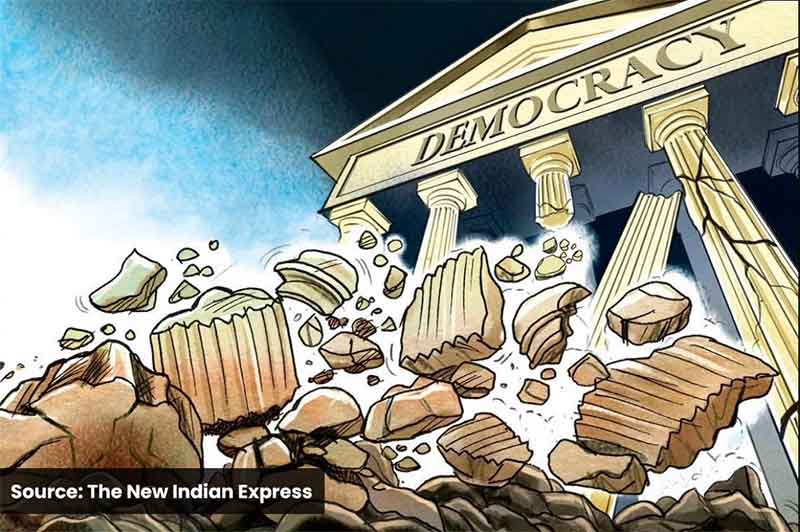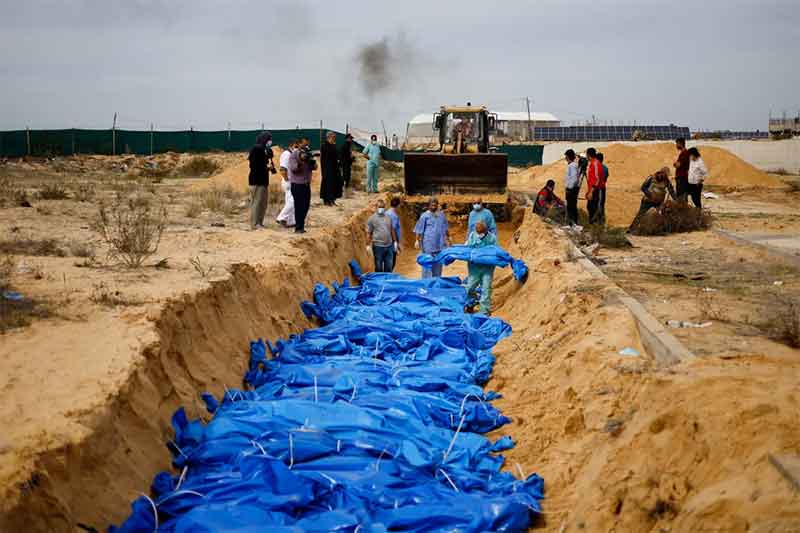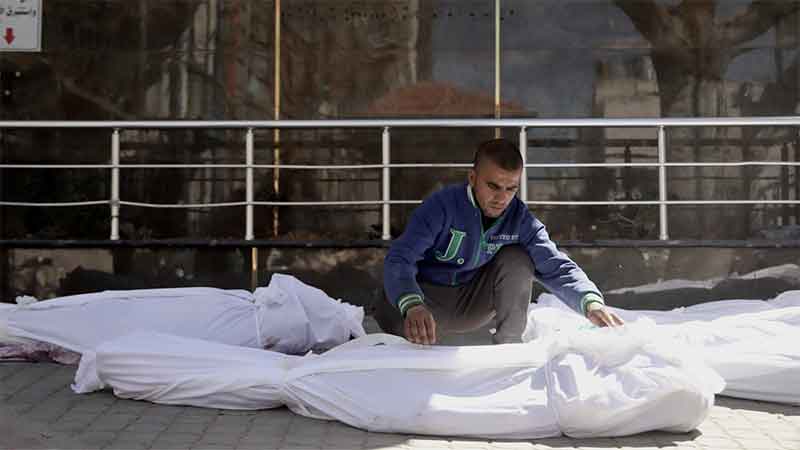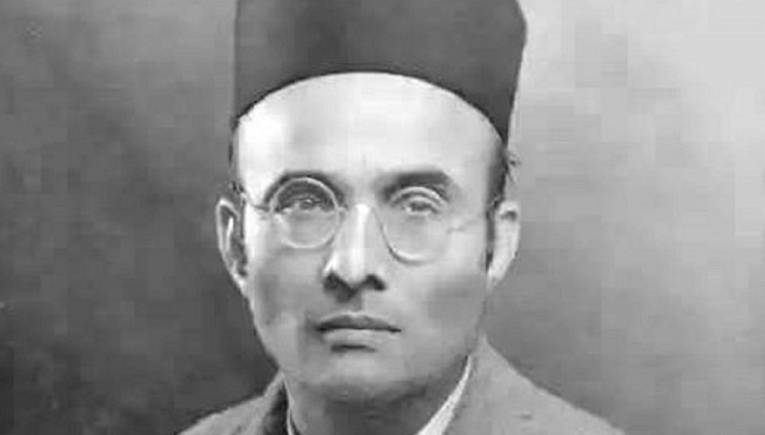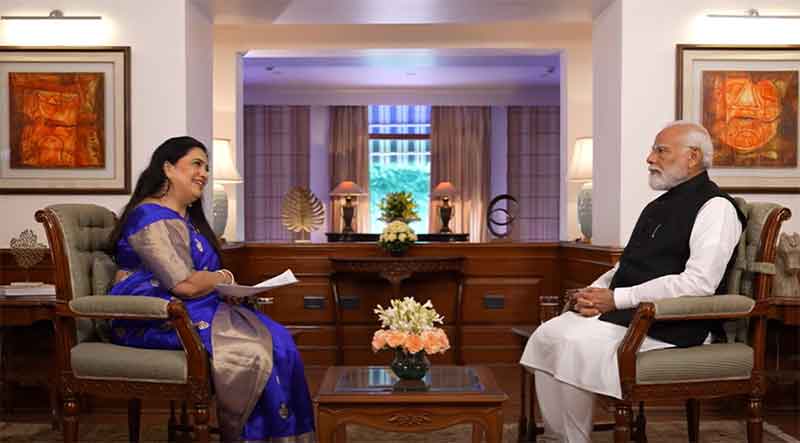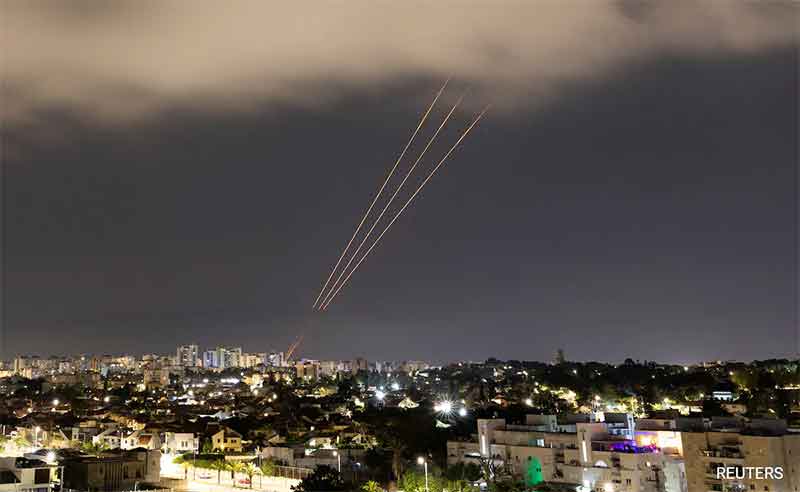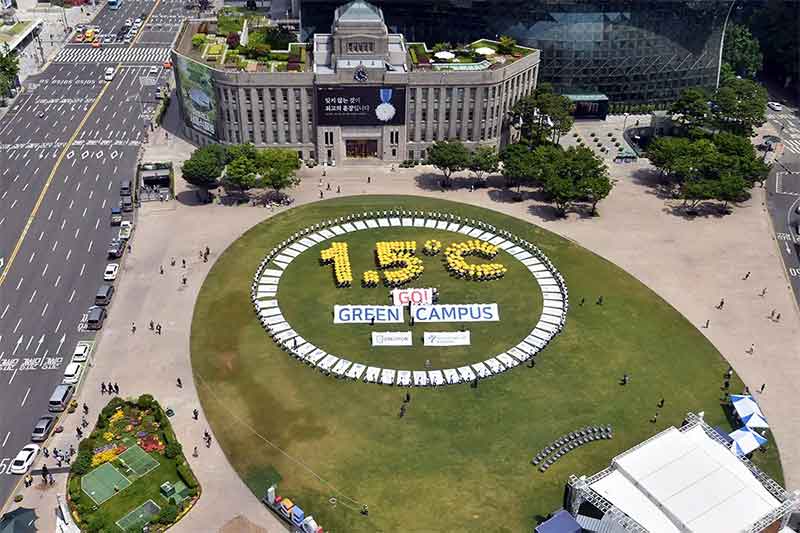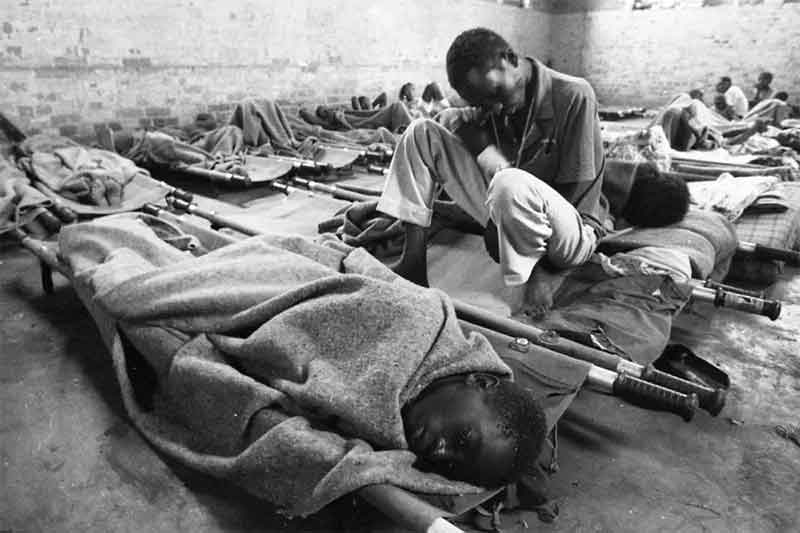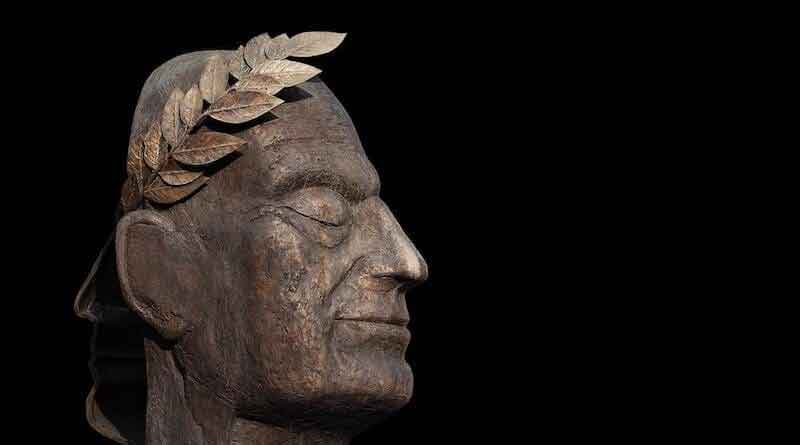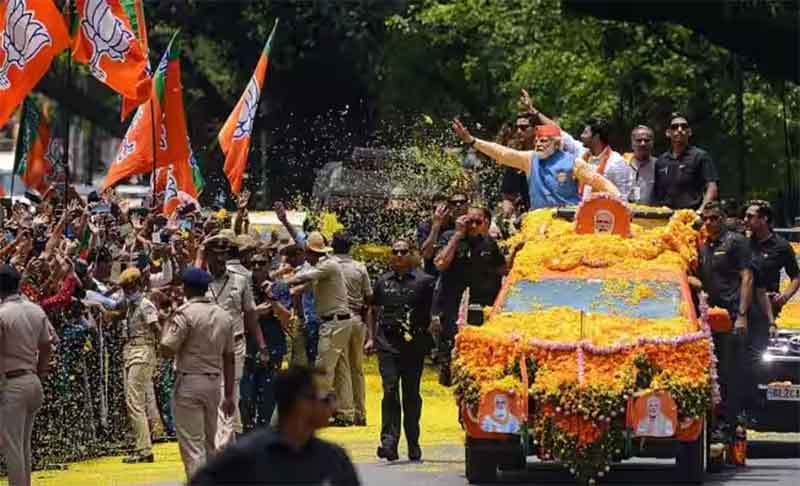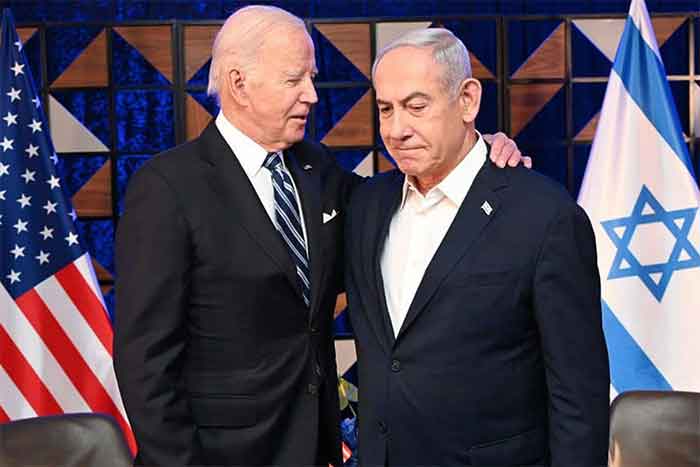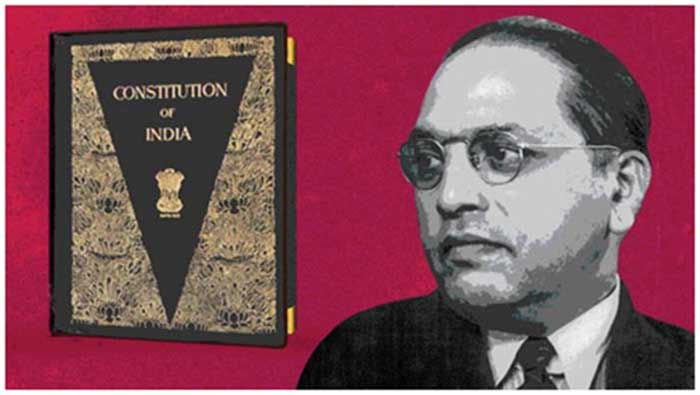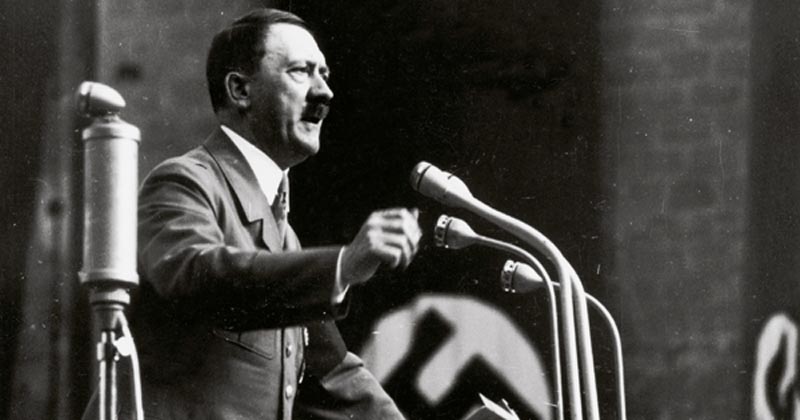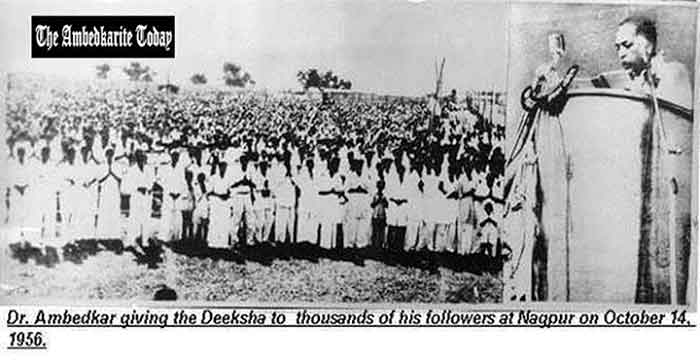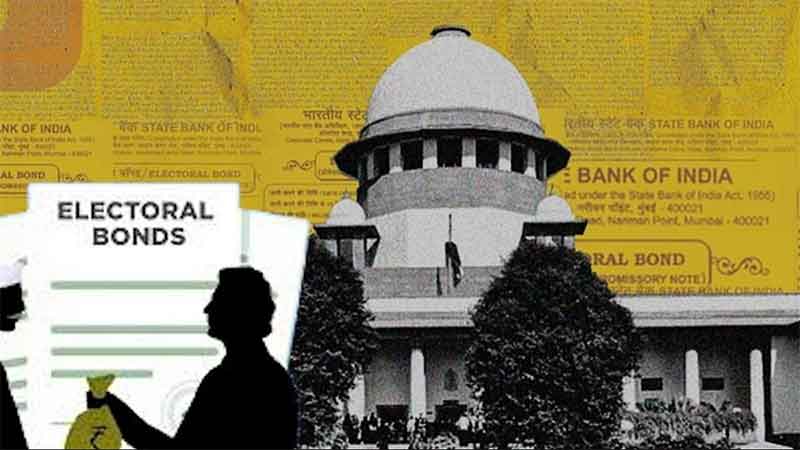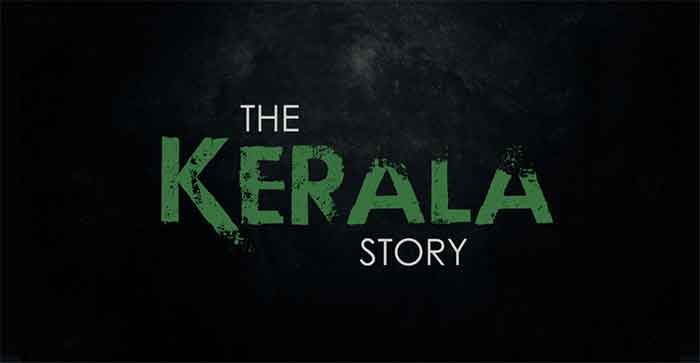
Inspired by ‘Kashmir Files’ a new breed of films and filmmakers are on the rise. A government which wants to hide and close ‘Gujarat files’, ‘Godse files’ wants films such as ‘Kashmir files’, ‘Kerala story’, ‘Delhi files’ and ‘Razakar files’ to come out. The film titled ‘The Kerala Story’ is to be released on 5th May. The film is directed by Sudipto Sen and directed by Vipul Amrutlal Shah. The teaser of the film was released on 2nd November last year and the trailer was released on 27th April. These are enough to give an indication of what the film is all about. Here are the reasons, why I do not want to watch ‘The Kerala Story’: –
Agenda and Propaganda driven
In line with its predecessor, the film is agenda and propaganda driven. It aims to build a narrative of showing ‘Muslim’ men the other conspiring and working to trap ‘innocent Hindu girls’ in the name of love and ‘convert’ them to Islam. It takes the idea of ‘love jihad’ coined by Yogi Adityanath and tries to show how this conspiracy is happening in Kerala with the aid of international Islamic radical networks. Apart from building the idea of ‘love jihad’, the aim is also to show Kerala as a lab where ‘Islamic radicals’ are being manufactured.
Baseless and non-factual
The teaser and the trailer claims that about 32,000 women from Kerala have been converted to Islam and sent to Yemen and Syria to aid ISIS. The source of this number is not clear. A paper by Dr. Adil Rashid titled ‘Why fewer Indians have joined ISIS’ from Institute of Defence Studies and Analysis (IDSA) states that there are about 40,000 recruits to ISIS from across the world. From India less than 100 migrants have left for ISIS territories in Syria and Afghanistan and about 155 were arrested for ISIS links. The data by World Population Review of ISIS recruits across the world shows that the countries which provided mass recruits to ISIS were Iraq, Afghanistan, Russia, Tunisia, Jordan, Saudi Arabia, Turkey, France etc. The top recruitment was from the Middle East followed by the European Union. Indians moving to ISIS were insignificant in numbers, forget the specific case of Kerala and converted women from Kerala joining ISIS. Like its counterpart ‘Kashmir files’, it inflates the numbers with no data source just to propagate a narrative.
Conveniently hides the truth
Kerala has been in the news more for good reasons. It has been a leading state on the ‘Human development’ front and has consistently topped on HDI parameters. Its HDI parameters are equivalent to many of the European countries. The ‘Kerala Model’ of development has received attention from leading economists including the Nobel Laureate Amartya Sen. It was the first state to attain 100% literacy. During the peak of Covid, it presented a case of how collaborative action by state and civil society can contain the deadly pandemic. It displayed a humane approach while dealing with the migrant issue. During the second wave of Covid, due to visionary action of building oxygen plants prevented many deaths, which was witnessed in other parts of the country. On the social harmony front, religious pluralism and communal harmony are integral to Kerala. Hence incidents of lynchings, communal violence and communal riots in Kerala are hardly heard. If there is an index developed on social harmony, perhaps it could be among the top. However, the film wants to hide the truth of society in Kerala and tries to present it as a case of takeover by Islamic radical elements aiming to convert Kerala into an Islamic state.
Deadly and venomous
The film does not do any positive service to Kerala society. Instead, it is deadly and tries to introduce the venom of religious hate in Kerala. This is sought to be done by building false narratives around a Muslim, just as the same was done in Kashmir files. It aims to build the narrative that being a Muslim is being an extremist, converter, conspirator. While there is no denial, there will be extremist elements in all religions, but the attempt is to show that every Muslim is an extremist.
Erecting walls and eradicating bridges
The film intends to erect walls across religious communities. ‘Kashmir files’ attempted the same by creating walls across Hindus and Muslims. The same is sought to be replicated by ‘The Kerala Story’. On the other hand, it wants to eliminate bridges which connect religious communities. It is not surprising that an ideology which does not believe in annihilating artificial walls such as religion and caste would want to build those walls. While instances of inter-religious and inter-caste marriages could be a movement towards building a more harmonious society, for Hindutva ideology it is a conspiracy.
Based on the reasons cited above, I do not want to watch ‘The Kerala Story’ and would boycott it. Such films only serve the purpose of Hindutva proponents of radicalizing the members of majority religion. Just like ‘Kashmir files’, I reject this film.
T Navin is an independent writer

